What Are the Most Common Types of Retaining Walls?
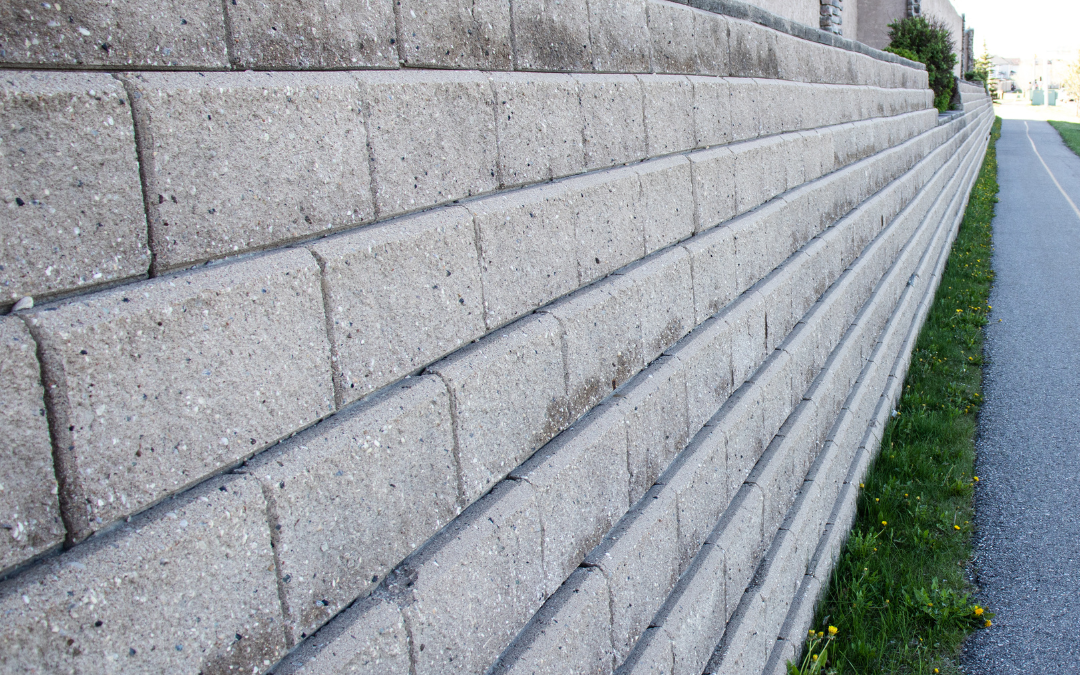
Which Types of Retaining Walls Should You Use for Your Yard?
Are you tired of watching your precious topsoil literally wash away every time it rains? You know that moment when you look out at a sloping yard and feel frustrated, thinking, “I wish this area was flat so I could actually use it for a patio or a garden!” Well, you’re not alone! Many homeowners deal with this challenge. That’s where the mighty retaining wall comes in to save the day. It’s essentially just a strong, friendly barrier that holds back the earth, giving a firm “stop sign” to gravity and preventing the land from sliding or eroding.
Did you know these walls are not just about function? They are also a fantastic way to boost your home’s curb appeal! They create beautiful, layered levels, turning a difficult hill into attractive, usable terraces. They let you build that outdoor kitchen or garden bed you’ve always wanted. On this blog, we’re going to keep things super simple and show you the main types of retaining walls available. Picking the correct wall for your specific yard and soil is the key to a successful project that lasts a lifetime, so let’s get you ready to make a great choice!
Gravity Walls
This is the oldest and simplest idea in the book. How does it stand up to the dirt’s pressure? By being really, really heavy! It’s pure, simple physics: the wall’s massive weight just refuses to let the earth push it over.
- What It’s Made Of: You see these built out of chunky, solid materials like big, stacked concrete blocks, carefully placed natural stone, or large landscape rocks that fit together. To be truly stable, the bottom of the wall has to be quite thick, sometimes half as wide as the wall is tall.
- Best For: These are great for shorter walls, like building up small garden beds or creating levels that are usually less than four feet high. If you have enough space for a wide, chunky base, this classic design is your reliable friend. They are often the easiest type to tackle yourself for small projects.
- Simple Fact: For a cool, rustic look, you might see them built with big wire cages filled up with local stones. People call those gabion walls. They work exactly the same way, relying on that heavy rock mass to hold everything in place.
Cantilever Walls
When you need a wall that’s significantly taller than a few feet, you usually need a much smarter design than just a big pile of rocks. This wall uses a very clever trick: it actually uses the weight of the dirt itself to help stay strong! It’s an efficient way to go high.
- What It’s Made Of: It’s built using strong concrete that has steel bars inside. This added steel reinforcement is key! The wall structure looks like an “L” shape or a sideways “T” when you look at it underground.
- How It Works: The dirt you are holding back sits right on top of the flat bottom part of that “L” (we call that the “foot” or base). The huge weight of all that dirt presses down on the foot, which anchors the whole wall and helps hold it in place against the pressure. Super clever!
- Best For: These are perfect for medium to very tall walls, sometimes going up to 20 feet high. Because this process involves calculating steel placement and pouring tricky concrete shapes, you absolutely must hire a licensed engineer or contractor for this one. It’s a professional job all the way.
Anchored Walls
This is less of a wall type and more of a special technique used to make any tall or thin wall extra tough. It’s like giving the wall a giant, hidden rope that ties it back to solid ground far away. It gives incredible peace of mind when dealing with huge slopes.
- How It Works: Strong steel cables or rods are drilled way, way deep into the solid earth or rock that is safely behind the wall. Once they are drilled in, those cables are pulled tight and secured to the wall face. This gives the wall a deep, powerful anchor that stops it from leaning or sliding forward.
- Best For: This system is used for very tall walls, or any wall sitting on really soft, unstable ground that needs extra help. It provides that deep, strong support the structure needs to truly last and stay perfectly upright. It’s a specialty solution for big problems.
Sheet Pile Walls
If you’re building a wall right next to water, like along a river or a pond, or if you simply don’t have much room to dig, this wall is a good option. They are known for being very thin and for going incredibly deep into the ground.
- What It’s Made Of: They use thin, interlocking pieces of material, usually tough, ribbed steel or heavy-duty plastic (vinyl). These pieces are pushed or hammered straight into the soil using heavy machinery.
- Best For:They are ideal for building walls along shorelines, for temporary digging support, or in really tight spots where you can’t build a wide foundation. While they save space, they often have a simple, industrial look, so they might not be the fanciest option for your front yard garden.
Choosing the right wall is really about listening to your yard. Here are the simple things you need to think about.
Tips for Picking the Right Wall for Your Project
Choosing the right wall is really about listening to your yard. Here are the simple things you need to think about.
1. How Good Is Your Dirt?
The ground you’re working with is a big deal. Is it loose and sandy, or heavy and clumpy clay? Loose soil will push much harder on a wall. It’s smart to have a soil expert take a look just to make sure the ground is stable enough to hold the wall’s weight. Trust me, spending a little money on checking the ground is way cheaper than having a wall fall over later!
2. How High Are We Going?
This is the most important question. Anything over about four feet changes everything. It means you need that engineer’s design and a city permit. For short walls, you have lots of choices. For tall ones, you need the heavy-duty, reinforced systems.
3. Water Has to Go Somewhere!
Water is the biggest reason walls fail. When water gets trapped behind a wall, it gets heavy and pushes like crazy. You have to let it out! Make sure your wall design includes:
- Gravel Layer: A thick layer of gravel or crushed rock right behind the wall. This lets water drain fast.
- Drainpipe: A pipe with holes that sits at the bottom of the wall to collect the water and move it away from the area.
4. What Do You Want It to Look Like?
Now for the fun part! You can choose different looks:
- Concrete Blocks: These are popular because they snap together easily and come in tons of colors and textures.
- Natural Stone: Gives a beautiful, classic, organic feel, but it takes a lot more time and skill to install, which costs more.
So there you have it! It’s completely normal to feel a little overwhelmed when you first look at all these options and rules, but don’t worry about it. The best part is, you now know the simple secrets behind how the four main wall types work. You know that a short wall is all about weight, and a tall wall is all about steel and engineering. This core knowledge is all you need to go out there and have a really smart, productive talk with any contractor or engineer you hire. Taking this time to learn the basics ensures that the retaining wall you build won’t just look great and boost your property’s value, but it will be a rock solid, safe structure that secures your landscape for many years to come. Now you can move forward, stabilize that slope, and tackle your project with total confidence!
Ready to stop worrying about your slope and start building a beautiful, usable yard? Contact Pyramid Pro Masonry Services today for an expert consultation and let us help you find the perfect, rock-solid solution for your landscape!

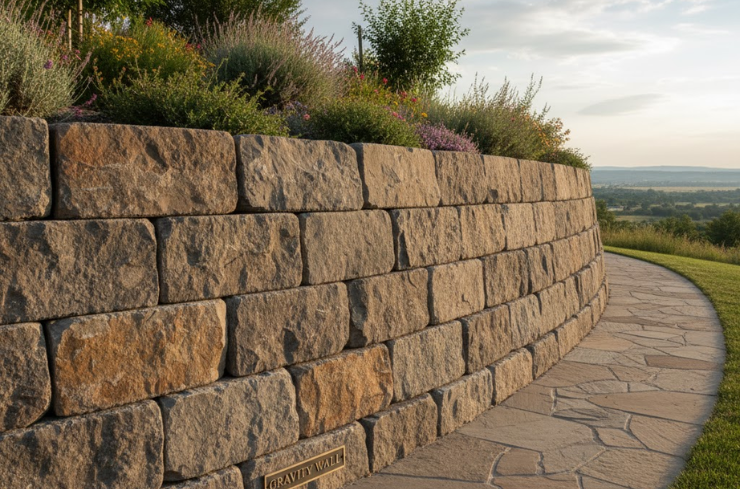
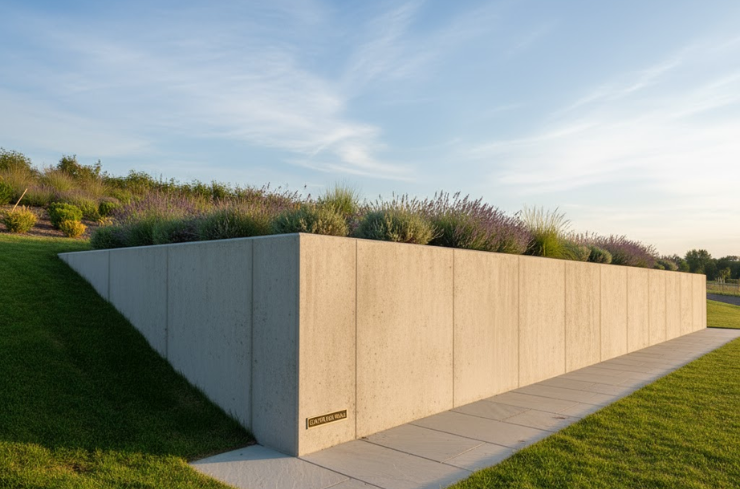
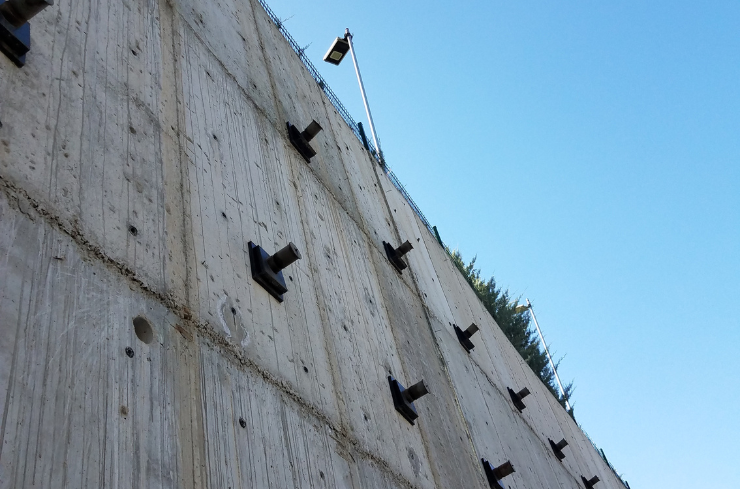
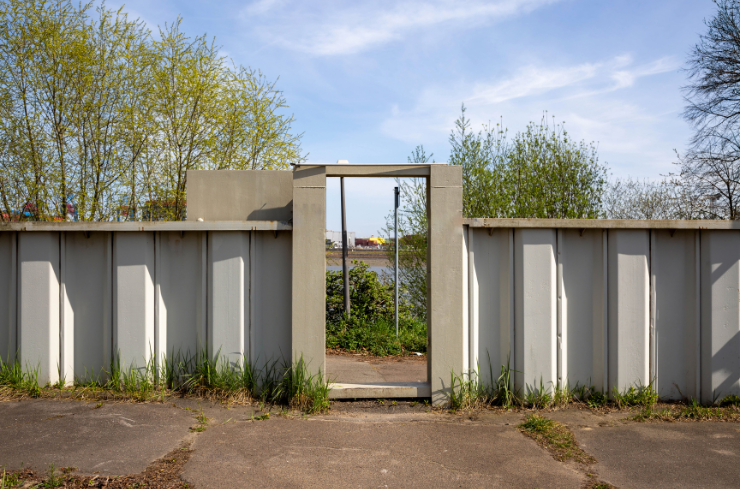
0 Comments